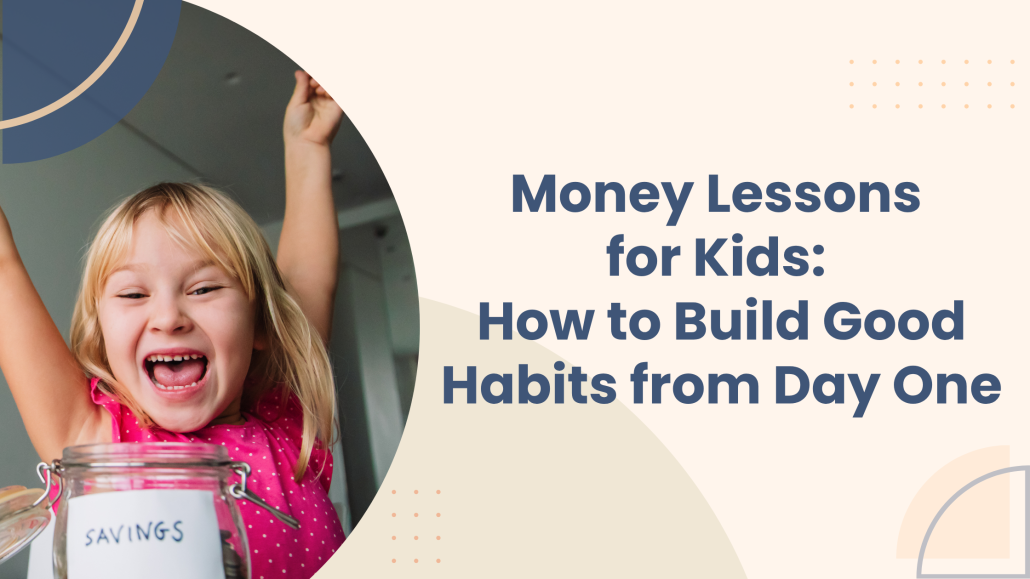
Talking to kids about money might not come naturally, but it’s one of the most important conversations we can have. Just like we teach them to read, ride a bike, or brush their teeth, understanding money is a skill that deserves to be part of their early learning. And the sooner they’re introduced to it, the more confident they’ll feel managing it as they grow.
It starts with something simple: helping kids understand where money actually comes from. For a child, it’s easy to assume that money magically appears when adults swipe a card or visit an ATM. But when they learn that money is earned through work, such as completing chores or helping out, they begin to see it as something valuable that requires effort. This foundation helps shape their relationship with earning, long before they get their first job.
Turning Everyday Moments into Lessons
Once they understand that money is earned, the next step is learning how to save it. Saving isn’t always easy, even for adults, but introducing this habit early helps kids build patience and long-term thinking. Whether it’s setting aside a portion of their allowance or birthday money, giving them a way to track their savings visually through jars, envelopes, or even a simple banking app can make the process more rewarding and real.
Budgeting can sound intimidating, but it doesn’t have to be. For young kids, it’s enough to break things into three simple buckets: one for spending, one for saving, and one for giving. This small practice helps them start thinking in terms of priorities and choices. As they get older, you can gradually introduce more advanced ideas, such as distinguishing between needs and wants or saving for bigger goals.
Kids are naturally impulsive, so it’s especially helpful to guide them in making thoughtful spending choices. That could mean comparing prices at the store, deciding whether something is truly worth the cost, or learning to wait for something they want more. These moments may seem small, but they help kids practice self-control and critical thinking. These are skills they’ll need for larger financial decisions later in life.
How We Talk About Money Shapes How Kids Think About It
Kids learn about money by watching and listening to us. If they hear stress, avoidance, or shame around finances, they may grow up viewing money as something confusing or scary. But when we speak about money calmly and openly, even in everyday moments, it helps them see it as a tool they can understand and manage.
Simple conversations, like explaining a spending choice or talking about saving for something meaningful, can make a big impact. The goal isn’t to have all the answers. It’s to make money a topic that feels safe to talk about, not something to fear.
The Habits That Last a Lifetime
All of this matters more than many people realize. Research from the University of Cambridge shows that many money habits are set by the age of seven. That means the window to build good financial instincts opens earlier than most of us think.
When we introduce kids to money in thoughtful, age-appropriate ways, we’re doing more than helping them save for a toy or manage a birthday check. We’re giving them lifelong tools for confidence, independence, and financial resilience.


